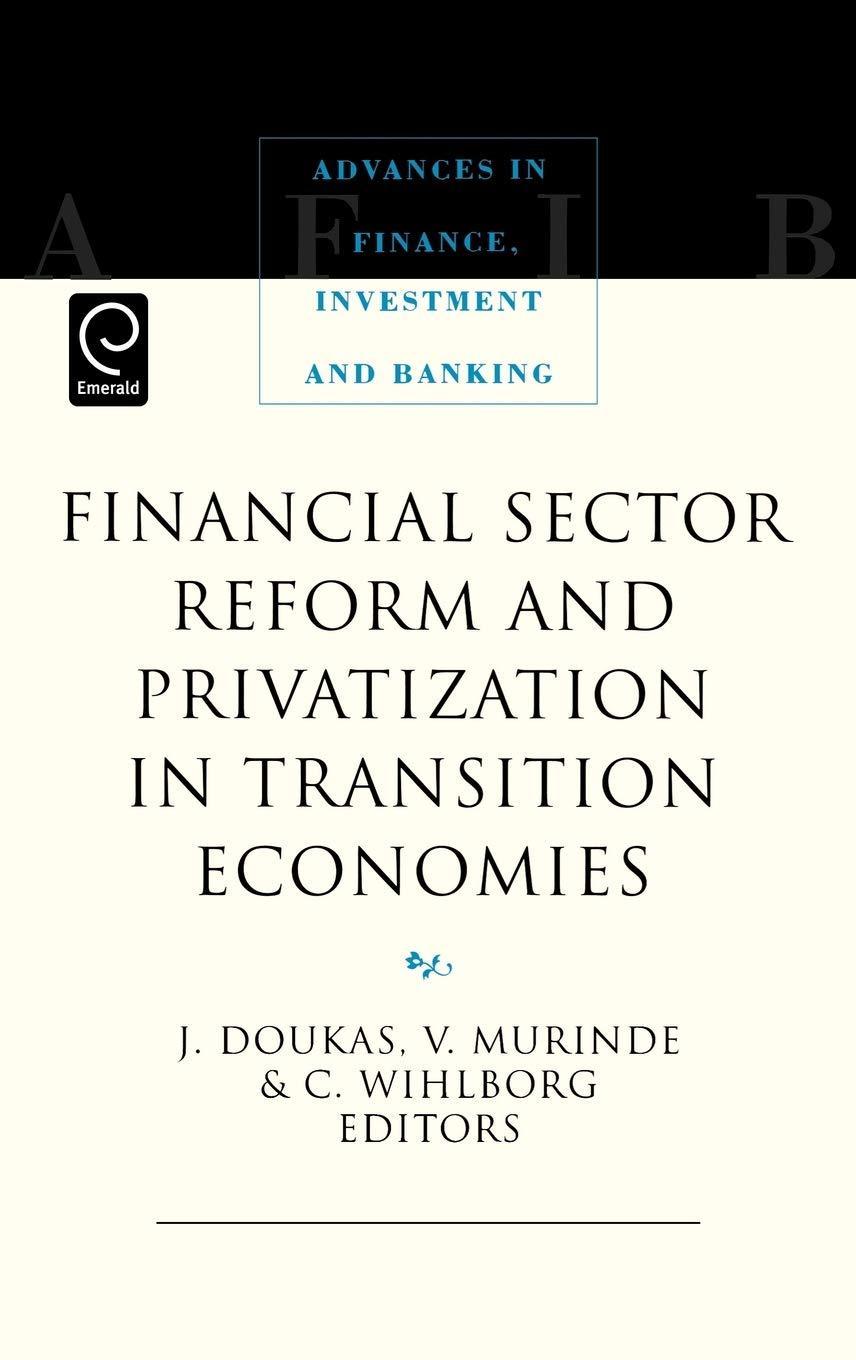Answer all parts of the question Question 1: Coca Cola (KO) and Pepsi have continually been hedging their foreign currency earnings. While they manufacture in Europe, significant sales are coming from non-euro cuncncy markets. How they hedge differ, however, dramatically. While Coca Cola (KO) hedged to proteet earnings, Pepsi have sometimes generated a sugnificant proportion their eamings from their hedges. As the recent graduste from CUD, the CFO of Cocn Cola (KO) assigns you the important task of analyzing the different types of risk faced by the multinational, particularly, for European deals. The following transactions are of particular interest to the CFO: - The Coca Cola (KO) parent company in the U.S. has sold inveatory in Spain for 27,500,000 payable in 120 days. Current spot rate \$0.8675/ 120-day forward rate $0.8325/ Coca Cola (KO)'s parent cost of capital is 12.0% US 120 day borrowing rate is 7.0% p.a. US 120 day investing rate is 5.0%p.a. US 180 day borrowing rate is 6.0% p.a. US 180 day investing rate is 5.5%p.a. Spain 120 day borrowing rate is 20.0% p.a. Spain 120 day investing rate is 8.0% p.a. Spain 180 day borrowing rate is 9.0% p.a. Spain 180 day investing rate is 8.5%p.a. Your team of legendery financial analysts expect future spot rate in 120 days to be $0.7900/. (a) Provide 3 possible scenarios where transaction exposare can exist? (b) Eviluste the pros and cons of hedging as a risk management tool. Give an example of each. (c) Based on the above information, analyse the impact of - Remaining unhedged - Fonvard hedging - Money market hedging (d) If you want to hedge the risk by either using a forward or a money hedge, which hedging technique would you recommend to the CFO? Part of your analysis should include the break-oven rate. Explain your answer. Answer all parts of the question Question 1: Coca Cola (KO) and Pepsi have continually been hedging their foreign currency earnings. While they manufacture in Europe, significant sales are coming from non-euro cuncncy markets. How they hedge differ, however, dramatically. While Coca Cola (KO) hedged to proteet earnings, Pepsi have sometimes generated a sugnificant proportion their eamings from their hedges. As the recent graduste from CUD, the CFO of Cocn Cola (KO) assigns you the important task of analyzing the different types of risk faced by the multinational, particularly, for European deals. The following transactions are of particular interest to the CFO: - The Coca Cola (KO) parent company in the U.S. has sold inveatory in Spain for 27,500,000 payable in 120 days. Current spot rate \$0.8675/ 120-day forward rate $0.8325/ Coca Cola (KO)'s parent cost of capital is 12.0% US 120 day borrowing rate is 7.0% p.a. US 120 day investing rate is 5.0%p.a. US 180 day borrowing rate is 6.0% p.a. US 180 day investing rate is 5.5%p.a. Spain 120 day borrowing rate is 20.0% p.a. Spain 120 day investing rate is 8.0% p.a. Spain 180 day borrowing rate is 9.0% p.a. Spain 180 day investing rate is 8.5%p.a. Your team of legendery financial analysts expect future spot rate in 120 days to be $0.7900/. (a) Provide 3 possible scenarios where transaction exposare can exist? (b) Eviluste the pros and cons of hedging as a risk management tool. Give an example of each. (c) Based on the above information, analyse the impact of - Remaining unhedged - Fonvard hedging - Money market hedging (d) If you want to hedge the risk by either using a forward or a money hedge, which hedging technique would you recommend to the CFO? Part of your analysis should include the break-oven rate. Explain your







